Haus Mohrmann, Berlin
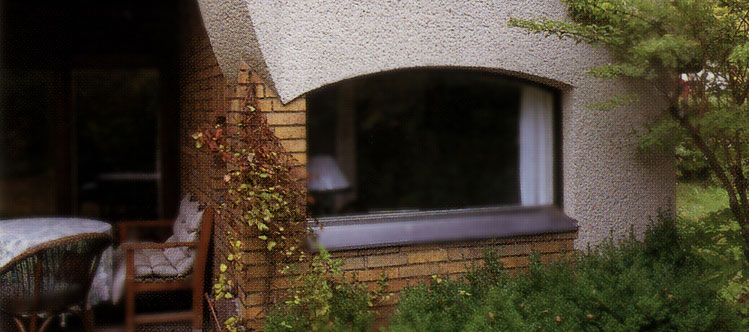
Bauplatz Falckensteinstraße 10, Berlin-Lichtenrade.
Haus mit Einliegerwohnung für den Oberbaurat Kurt Mohrmann, einen Schwager Scharouns.
Garten von Hermann Mattern.
(9) Kommentare zum Beitrag “Haus Mohrmann, Berlin”
- Haseleu Melina 02.01.2019 15:20
- admin 03.01.2019 04:02
-
Alisha 25.04.2024 05:39
Hello, I’m doing a deconstructing analysis on this project and I would love to get as much information on it such as the materials, mesurments, construction, background, concept/sketches, biography of the house, design brief, and drawings like plans sections elevations etc. thank you so much
-
admin 25.04.2024 09:57
Dear Alisha,
in the comments above you already see floor plans and measures of the house, as submitted for the building permit.
The main structure is brick through and through. The floors are wooden planks and rest on timber beams. Some areas are covered by ceramic tiles; those parts of the ground floor with natural stone slabs are the non-cellared ones.
The steep roof is traditional, with a double layer of ceramic tiles.
The windows are double glazed with timber frames; one of them has a lead glass layer.
The clients were Kurt Mohrmann, a construction manager, his spouse Cate, née Hoffmeyer (Scharoun´s wife Anna-Marie was a Hoffmeyer, too), and their kids. There is a granny flat at the furthermost end of the house. The only known reason for it were better loan conditions, the separation wall was punctured by a door almost instantly. The last owner, Heidenreich, used it as a nurse´ accomodation.
Below are the facades. They don´t represent the house duly, it should be considered spatially.What is a deconstruction analysis, actually?
-
Alisha 26.04.2024 18:19
Thank you so much!
Are there any information on its construction and materials? Any other background context on society at the time? And how was the temperature and climate like and how does the house combat the seasonal climate and temps. How does heating and cooling work in the house? What are the materials of the interior and exterior? Are there any photos of the interior? Is the secondary dwelling have full access to the rest of the house too?
Deconstruction analysis, we have to study and analyse a project and how it was built, what its made of, the deisgn intent based off of environment and social context.
-
admin 26.04.2024 18:57
Dear Alisha,
The house was build 1938-1940. With the World War already raging, there were material shortages everywhere, and a construction ban in force. Here, however, it was lifted, as Mr. Mohrmann was relocating from the vicinity of Siemens factories, and creating additional accomodation (granny flat), thus contributing to his own and his fellow citizen´ air raid safety.
Berlin´s climate changed since. Back in 1940, one´d face snowy winters of up to -20°C and mild summers of +20°C. Today, we face -5°C in winter and up to +40°C in summer.
There was a coal-fired heating system in the cellar, serving the entire house. Now, it´s gas-driven. No cooling, except for what the house construction materials and shapes provide. Over the past decades, the greenery on site grew exponentially, now it cares for extra shade. There are two South-facing loggias, permitting the winter sun in while keeping the summer days out. The Northern walls are mostly unpunctured.
The granny flat originally had no connection to the house proper whatsoever. Now, there is a single door at the ground floor to link both parts. - admin 28.04.2024 06:16
-
Alisha 26.04.2024 18:39
Also, what is the relationships Hans Scharoun had with all of the clients at the time?
-
admin 26.04.2024 19:13
„All the clients“ is a little bit too big of a question.
Hans Scharoun´s spouse came from a wealthy Bremerhafen family. This network cared a number of contracts, both in Bremerhafen proper, and in Berlin.
His own friends´ circles were of use, too. Hermann Mattern, his favourite gardner, was promoted to a head landscaper of the highway network, and opened Scharoun quite some doors.
Being unpolitical throughout the Weimar days, Scharoun profiteered from others´ insuccess: the Baensch house (1935) was made possible due to the original leftist architect being banned from professional activities. In the end, Baenschs and Scharouns developed a friendship in its own right.

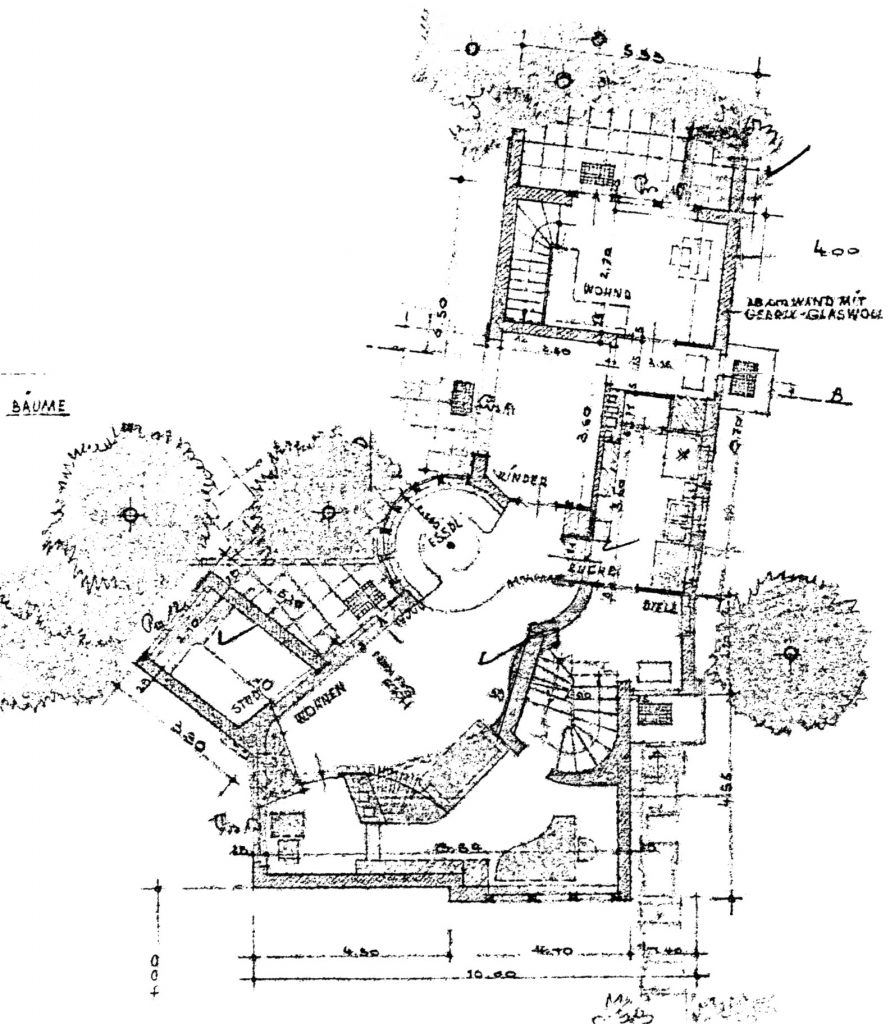
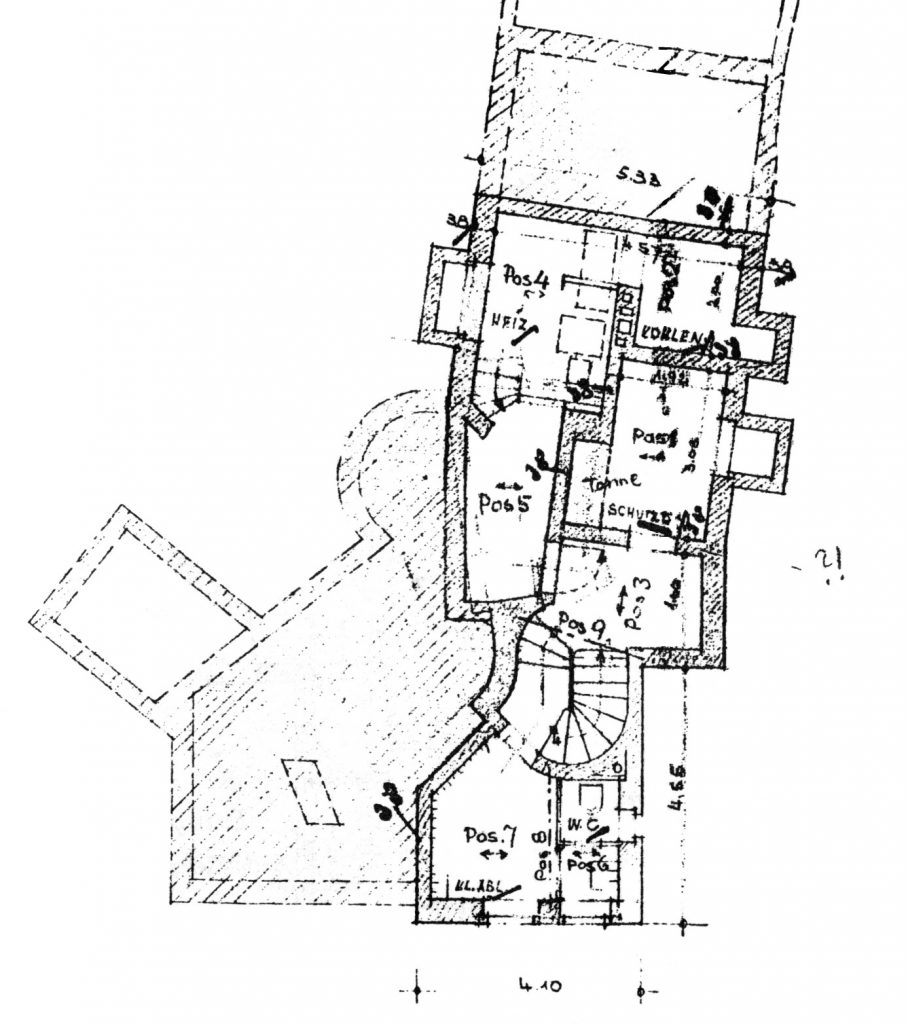
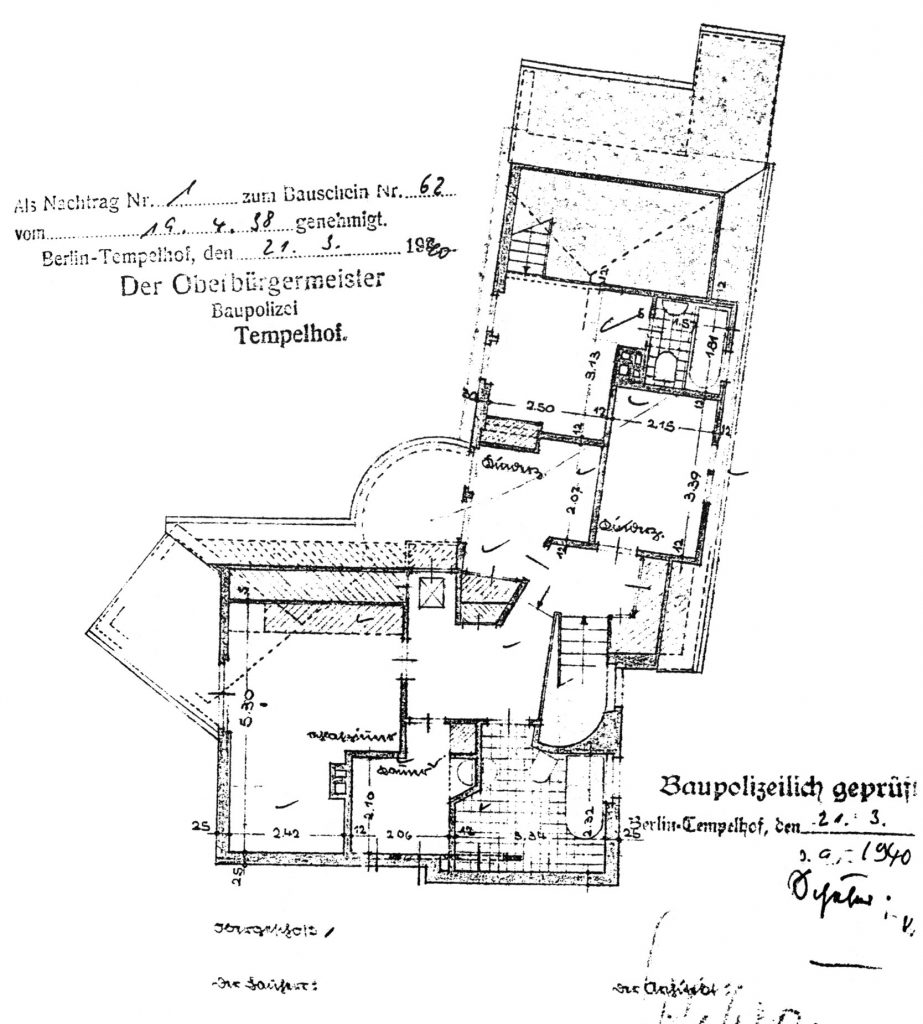

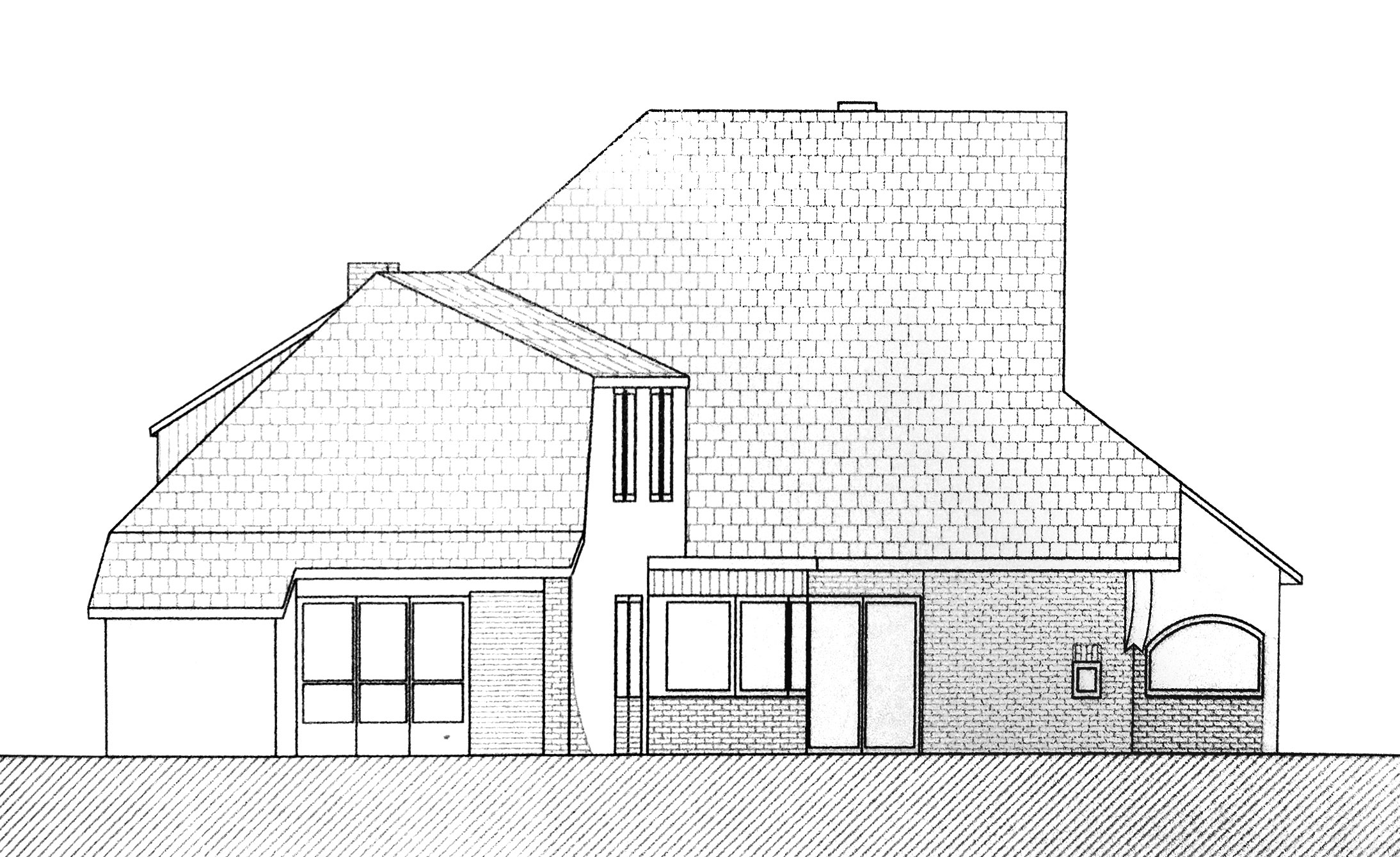
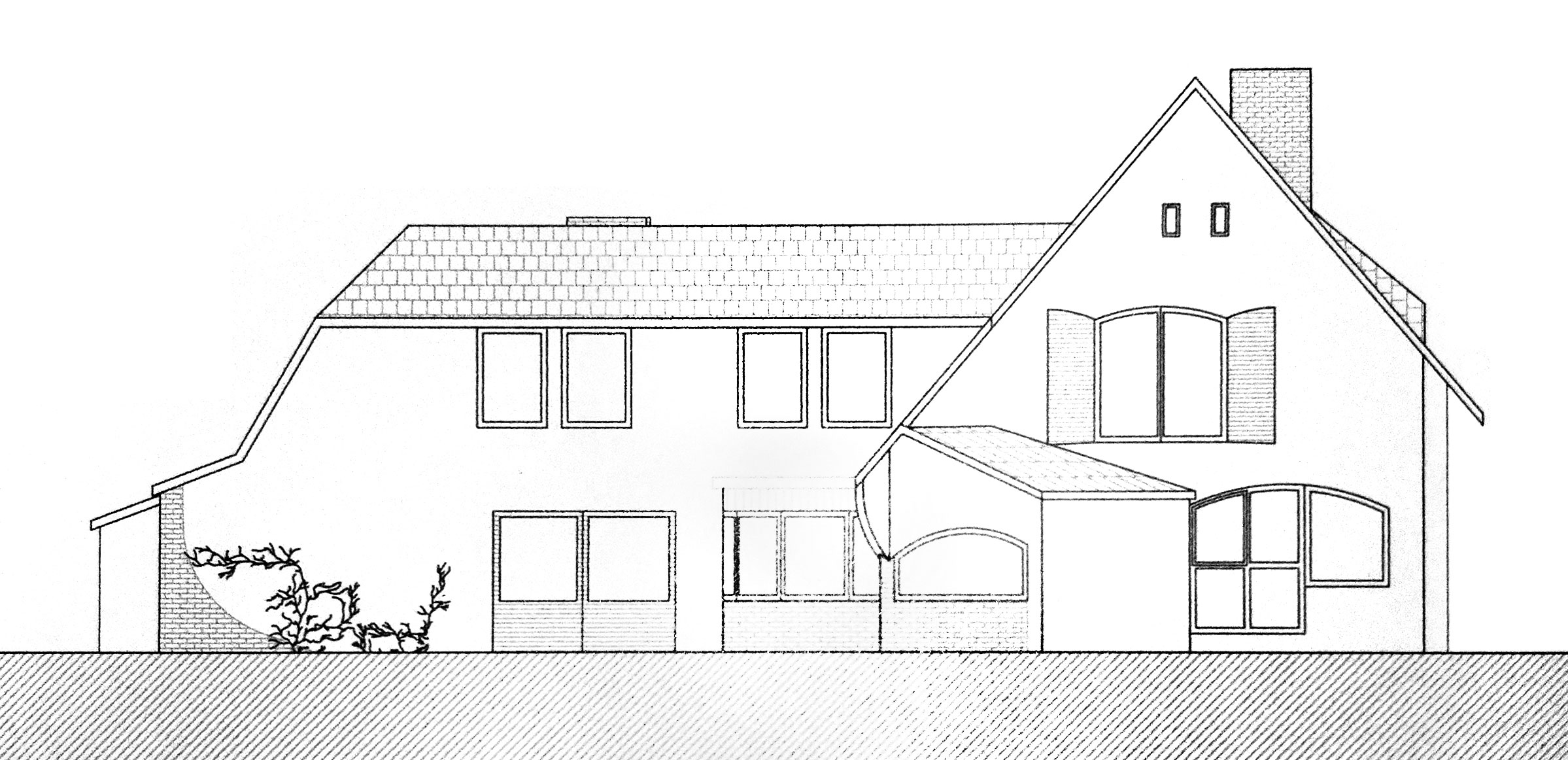
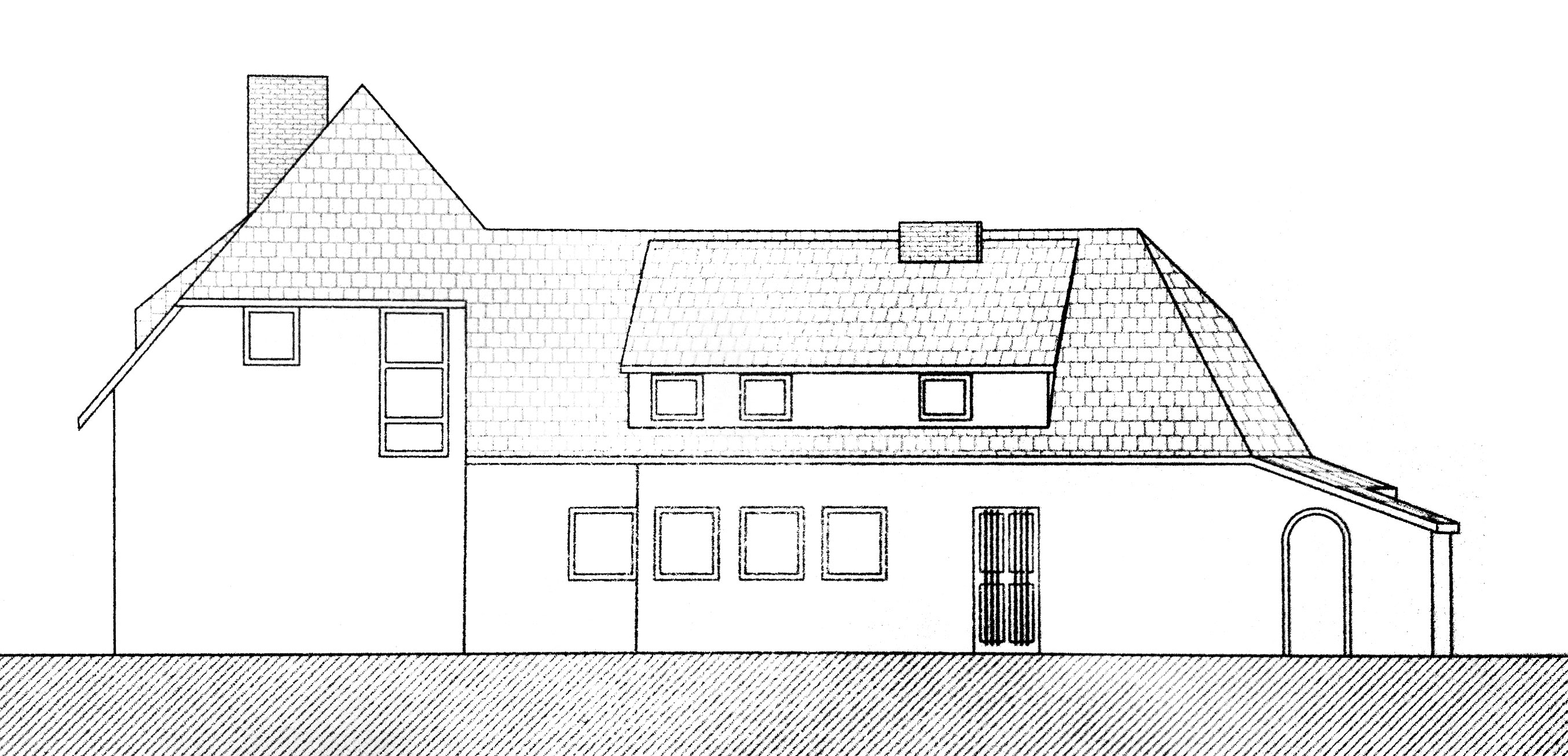
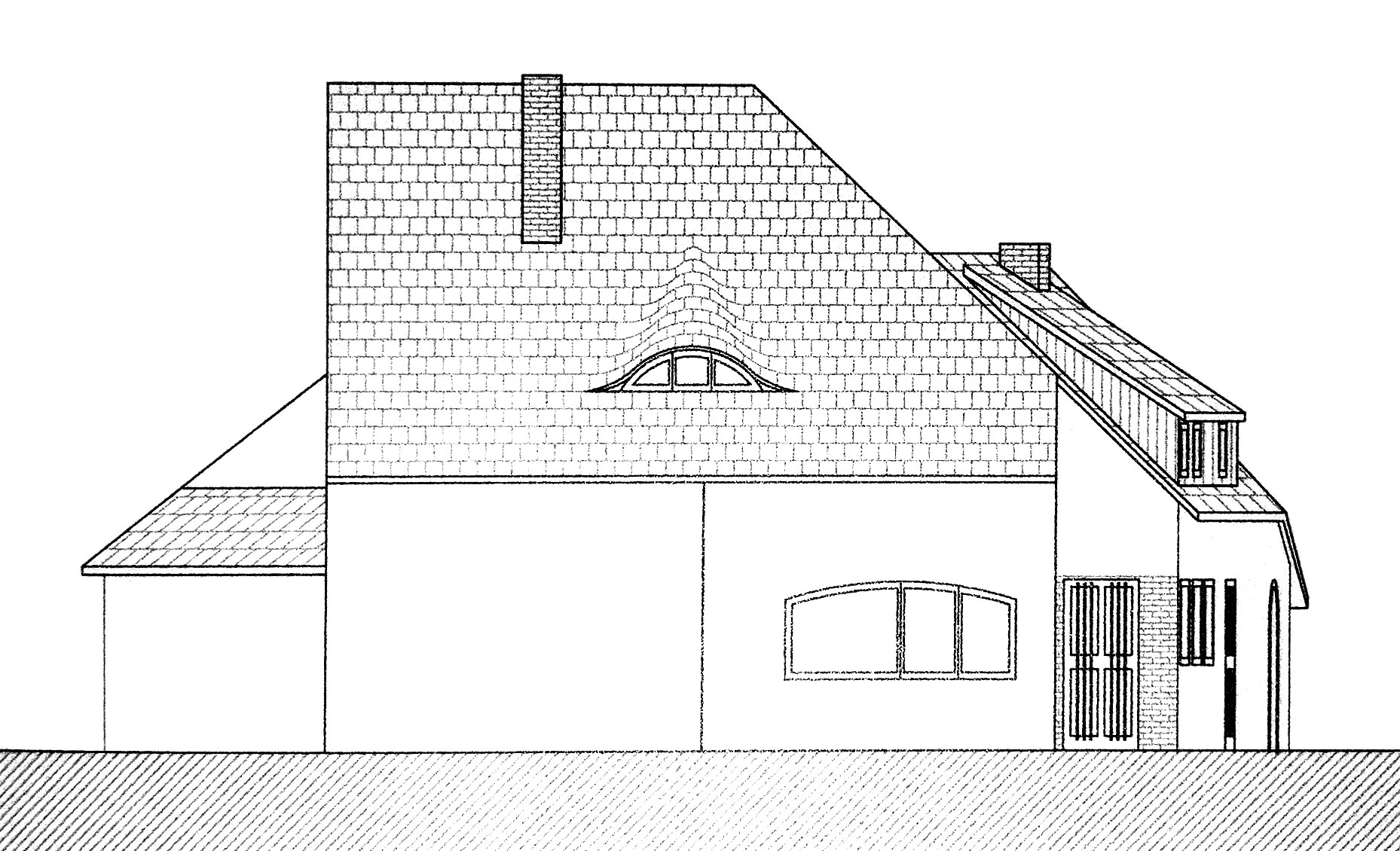
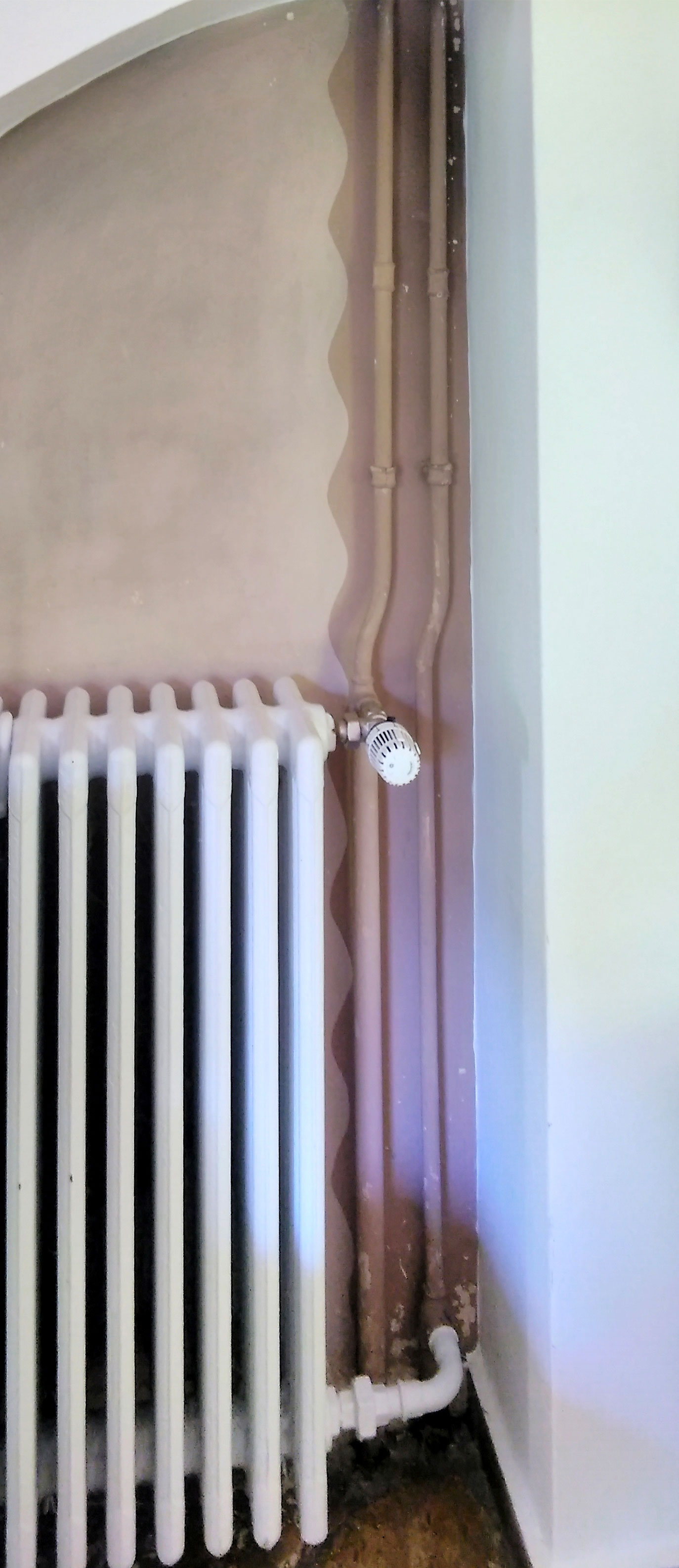
Guten Tag,
Ich bin Architekturstudentin an der RWTH Aachen und habe mir dieses Objekt zur Analyse ausgewählt.
Ich habe großes Interesse mehr über das Haus Mohrmann zu erfahren.
Gäbe es die Möglichkeit mir noch einige Informationen zukommen zu lassen?
Vielen Dank im Voraus.
Mit freundlichen Grüßen,
Melina Haseleu